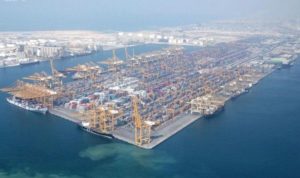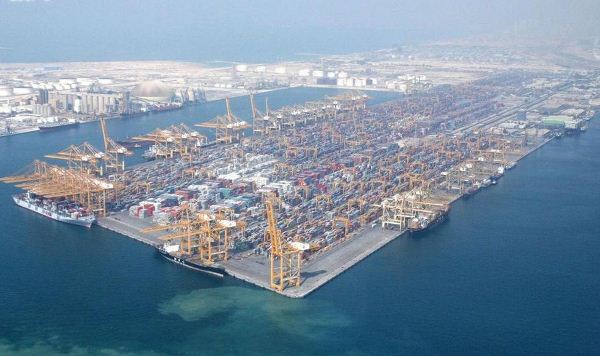 The capacity of the container ship fleet is growing too fast for demand to cope with it, making market improvement and higher freight rates difficult, according to a new analysis by the Baltic and International Maritime Council (Bimco).
The capacity of the container ship fleet is growing too fast for demand to cope with it, making market improvement and higher freight rates difficult, according to a new analysis by the Baltic and International Maritime Council (Bimco).
In a recent report, Bimco said it had expected the fundamental balance to improve in 2018 and freight rates to increase across the board as a result of the fleet growing slower than demand, but added that “now it seems as if it’s not going to happen.”
“This is partly because of demand growing marginally less than expected, but mostly because of much faster fleet expansion,” it stated. Moreover, demand growth has been noted veering away from the longer-distance trades towards the short intra-regional hauls, creating a mismatch with newbuild ships built for long hauls.
Global demand growth was 3.8% for the first six months of 2018 but nominal fleet grew by 3.9% during the same period, and the active fleet even more, said Bimco.
Yards have so far delivered 947,000 TEUs of newbuilt containership capacity, slightly above Bimco’s expectations, and only 36,833 TEUs of capacity were demolished by early August. In 2018, the average ship being demolished was 24 years old, with a capacity of 1,754 TEUs. In 2017, the average ship was 21 years old and 2,807 TEUs in size.
Furthermore, the reductions and reactivations of the idle fleet have been pushing the active supply growth up, resulting in falling freight rates as demand is growing at a lower pace. Starting the year at 417,000 TEUs, the idle fleet dropped to 200,000 TEU by February, only to rebound strongly to 627,000 TEUs by March. As per end of July, 341,000 TEUs were idle.
The reason container shipping is facing headwinds at the moment is that 83% of the newbuilds delivered in 2018 are ships with a capacity of more than 10,000 TEUs. They are made for long sailing distances. This compares to 37% of the volume growth being short-distance, intra-regional trades (for example, intra-Asia or intra-Europe), Bimco observed.
“The trend points towards lower demand growth this year, as global volume demand has fallen since April,” it added.
Newbuild deliveries for the remainder of the year are still biased toward the ultra large container ship (ULCS), but not as much as in the first seven months. The share of ULCS capacity comes down from 83% to 71% for the final five months. The ULCS will be delivered from yards in all three key shipyard nations: South Korea, China and Japan.
Currently, said Bimco, 2019 is on target for much more manageable fleet growth that “not even a very low level of demolition would be capable of putting off track, unless a sudden rush by shipowners towards the yards emerges.”
Looking at freight rates, the organization noted that they are mostly under par compared to last year.
“While still at a solid level of 3.8%, global demand is growing more slowly than last year. In combination with a year-to-date fleet growth of 4.4%, a worsening of the fundamental market balance, resulting in lower freight rates, is inevitable,” it stated.
For the Europe-bound trade, rates are down by 4.6%, whereas the U.S. West Coast index fell by 3.8%. On one of the fastest growing sizeable trades in 2018 (+11.4%), going from the Far East to South and Central America, rates also fell, but by only 1.9%.
Photo: Imre Solt





